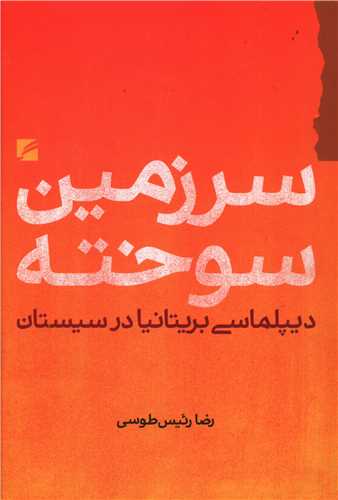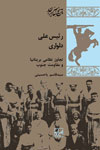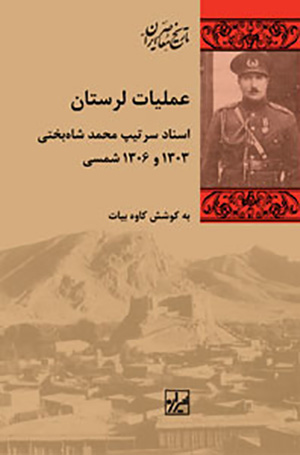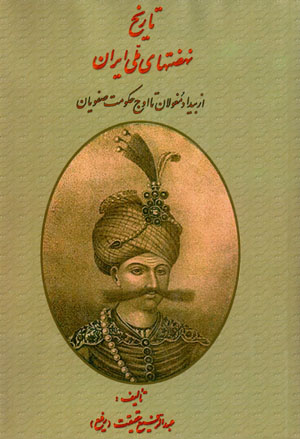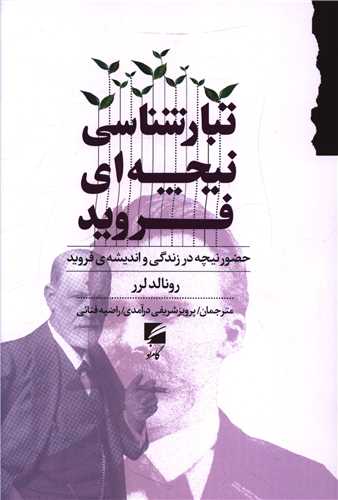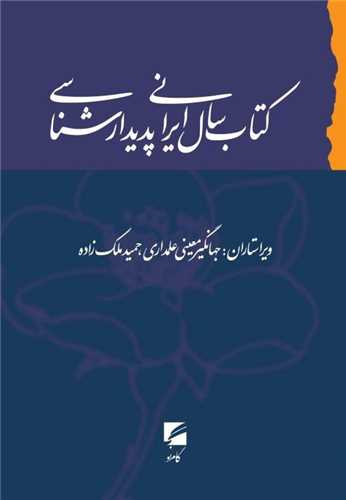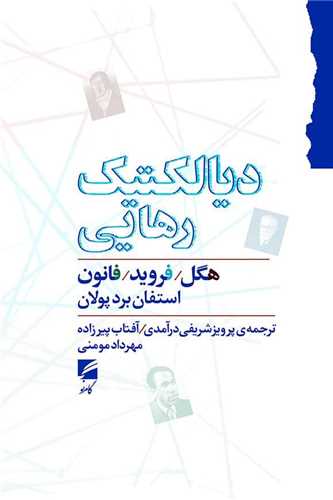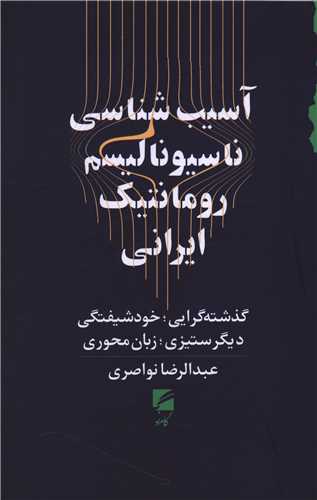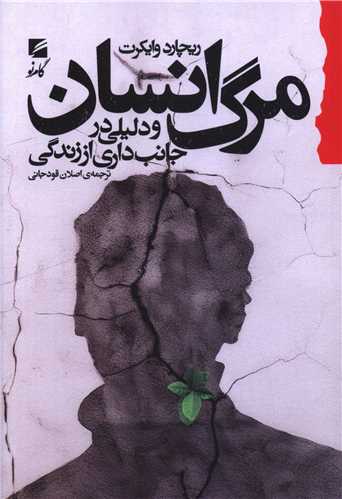سرزمین سوخته: دیپلماسی بریتانیا در سیستان فارسی 1398
Sarzamīn-i Sūkhtah: Dīplumāsī-yi Birītanīyā dar Sīstān
12٫83 £
اشتراکگذاری
Wishlist
The present book is research-based on historical documents and sources about the events, conditions, agreements, and processes implemented by the British during the Qajar period and led to the separation of a large part of Sistan from Iran and its annexation to present-day Afghanistan. The period under study is approximately the last three decades of the 19th century, that is, from 1872 when Goldsmith, the official who determined the boundaries of the two sides, issued his arbitration. Mcmahon continued it, until 1906-7 when the boundaries took a definitive and final form. This period coincides with the reigns of Nasser al-Din Shah, Mozaffar al-Din Shah, and Mohammad Ali Shah Qajar. The book consists of seven chapters. The first chapter begins with a description of the geographical location, agricultural situation, and fertile lands of Sistan, then refers to the international competitions between Russia and England during the colonial era and the efforts of England to create a buffer zone between India and Russia, which led to England's influence in the eastern regions of Iran. The author continues by recounting the actions of British agents and representatives of the Iranian government, as well as local rulers and chieftains, from the first agreements and demarcation of borders to the end of Goldsmith's work. Thee second chapte examines, the stage of the division of Sistan and the deprivation of the Iranian part of sufficient wated. In this chapter, the international grounds of competition between Russia and England in the late nineteenth century are first described, then the actions that led to the border dispute between Iran and Afghanistan, which had their roots in Goldsmith's arbitration, and then the mediation of the British government based on the Treaty of Paris and the dispatch of the McMahon delegation in 1903 to definitively determine the borders are recounted. In the third chapter, the effective role of Heshmat al-Mulkane, the then Emir of Qa'in, in advancing the goals of the British in Sistan is discussed. This chapter also describes the dimensions and manner of the rebellion of the people of Sistan against the British in 1902. Chapter four is devoted to the role of two other Iranian agents, Mirza Abdolhamid Khan Ghaffari (Yamin Nizam), (Iranian Commissioner and Border Guard of Sistan) and Mirza Musa Khan (Nayeb Al-Wazara), the agent of the Ministry of Foreign Affairs in Sistan, the former of whom was pro-British and the latter opposed British policies in Sistan, as well as the pressures exerted by Britain on the Iranian government to dismiss Musa Khan and retain Abdolhamid Khan. In addition, this chapter recounts how McMahon determined and the results of the division of Sistan's water. In chapter five, the situation of agriculture and livestock in Sistan in 1872, when Sistan was divided, is compared with the three decades later when the water division was carried out to the detriment of Iran. The author believes that the division of Sistan, together with the conditions imposed by Britain, led to the destruction of agriculture and the reduction of livestock, the spread of plague, famine, and rebellion, and ultimately the destruction of Sistan in Iran. Chapter 6 provides a brief overview of the colonial competition between the Russian, British, and German governments in Iran in the 19th century and the concessions and agreements that were concluded in this regard. In the last chapter, the issue of the division of Sistan water and the decisions and actions taken in this regard during the reigns of Reza Shah and Mohammad Reza Shah Pahlavi until 1972 are briefly followed. The book ends with a list of sources and an index of names.
more
کتاب حاضر تحقیقی است متکی بر اسناد و منابع تاریخی دربارهی رویدادها، شرایط، قراردادها و روندهایی که در دورهی قاجار از سوی انگلیسیها اعمال شد و به جدایی بخش عمدهی سیستان از ایران و الحاق آن به افغانستان امروزی گردید. دورهی تحت بررسی تقریبا سه دههی پایانی قرن نوزدهم است یعنی، از 1872 که گلد اسمیت، مامور تعیین حدود دو طرف، حکمیت خود را صادر نمود، سپس، مک ماهون آن را ادامه داد، تا سالهای 7-1906 که حدود مرزها شکل قطعی و نهایی به خود گرفت. این دورهی زمانی همزمان با سلطنت ناصرالدین شاه، مظفرالدین شاه و محمدعلیشاه قاجار است. کتاب از حفت فصل تشکیل شده است. فصل اول با توصیفی از موقعیت جغرافیایی، وضعیت کشاورزی و زمینهای حاصلخیز سیستان آغاز میشود، سپس به رقابتهای بینالمللی روسیه وانگلستان در عصر استعمار و تلاشهای انگلستان برای ایجاد منطقه حایل میان هند و روسیه اشاره میشود که منجر به نفوذ انگلستان در نواحی شرقی ایران گردید. نویسنده در ادامه اقدامات ماموران انگلیسی و نمایندگان دولت ایران، همچنین حکام و سرداران محلی را از نخستین توافقات و تعیین حدود تا پایان کار گلد اسمیت، بازگو میکند. در فصل دوم، مرحلهی تجزیهی سیستان و محروم کردن بخش ایران از آب کافی بررسی میشود. در این فصل نیز نخست زمینههای بینالمللی رقابت روسیه و انگلستان در اواخر قرن نوزدهم بیان میگردد، آنگاه اقداماتی که منجر به اختلاف مرزی ایران و افغانستان گردید و ریشه در حکمیت گلداسمیت داشت، و در پی آن میانجیگری دولت بریتانیا بر اساس قرارداد پاریس و اعزام هیات مکماهون در سال 1903 برای تعیین قطعی مرزها بازگو میشود. در فصل سوم از نقش موثر حشمت الملکن امیر وقت قائن، در پیشبرد اهداف انگلیسیها در سیستان سخن میرود. در این فصل همچنین ابعاد و چگونگی شورش مردم سیستان علیه انگلیسیها در سال 1902 تشریح میشود. فصل چهارم به نقش دو کارگزار دیگر ایرانی، میرزا عبدالحمیدخان غفاری (یمین نظام)، (کمیسر ایران و سرحد دار سیستان) و میرزا موسی خان (نایب الوزاره)، کارگزار وزارت امور خارجه در سیستان، که اولی طرفدار انگلستان و دومی مخالف سیاستهای انگلستان در سیستان بودند، همچنین فشارهای انگلستان به دولت ایران برای عزل موسیخان و ابقای عبدالحمید خان اختصاص دارد. در این فصل علاوه بر این، چگونگی تعیین و نتایج تقسیم آب سیستان توسط مکماهون بازگو میگردد. در فصل پنجم وضعیت کشاورزی و دامداری سیستان در سال 1872، هنگام تجزیهی سیستان، با سه دههی بعد که تقسیم آب به زیان ایران صورت گرفت مقایسه میشود. نویسنده معتقد است تجزیهی سیستان با شرایطی که انگلستان تحمیل نمود موجب تخریب کشاورزی و کاهش دامداری و شیوع طاعون، قحطی و شورش، و در نهایت تخریب سیستان ایران شد. فصل ششم مرور کوتاهی بر رقابتهای استعماری دولتهای روسیه وانگلستان و آلمان در قرن نوزدهم میلادی در ایران و امتیازات و قراردادهایی که در این راستا منعقد شد. در آخرین فصل، مسالهی تقسیم آب سیستان و قرارها و اقدامات انجام شده در این زمینه در دورهی رضاشاه و محمدرضا شاه پهلوی تا سال 1351 به اختصار پیگیری میشود. کتاب با فهرست منابع و نمایههای اسامی به پایان میرسد.
more

